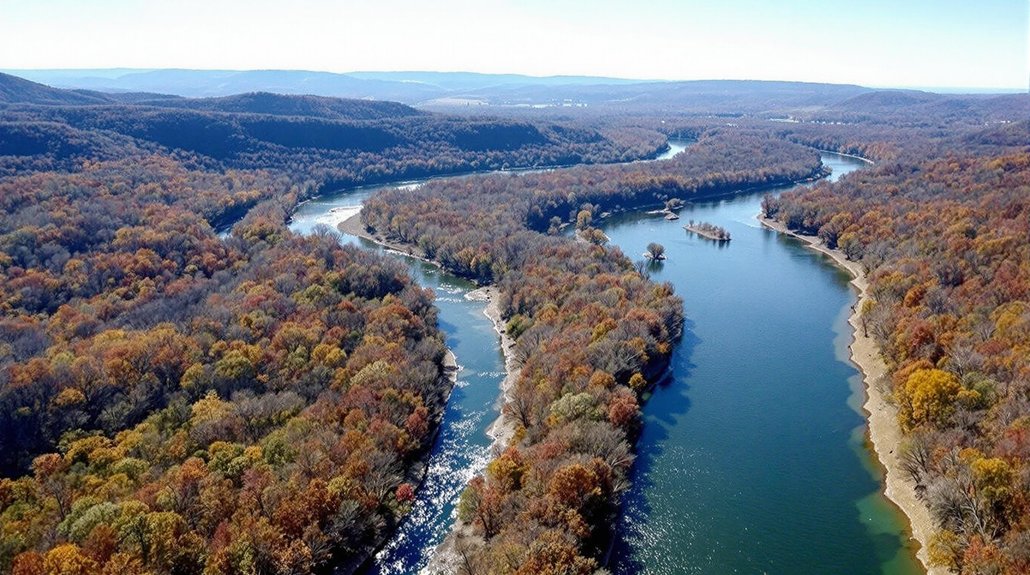The White House has launched a digital overhaul to address NEPA’s lengthy permit approval process. Officials claim the current system causes infrastructure projects to face delays of 5 to 10 years. The Federal Permitting Technology Action Plan aims to modernize these outdated systems. By 2025, these delays could cost the U.S. economy up to $3.7 trillion in lost GDP. The administration’s plan focuses on transparency and coordination, but questions remain about implementation timelines and industry response.
The federal government is launching a sweeping digital overhaul aimed at cutting lengthy delays in infrastructure project approvals. A new Presidential Memorandum directs federal agencies to modernize their permitting systems for major infrastructure projects, targeting the National Environmental Policy Act (NEPA) reviews that often cause significant holdups.
The federal overhaul targets NEPA bottlenecks with digital modernization, finally addressing years-long delays in critical infrastructure approvals.
Under the current system, infrastructure projects frequently face five to ten years of delays. These delays aren’t just frustrating for developers—they’re expensive for the economy, potentially costing up to $3.7 trillion in lost GDP by 2025. The outdated paper-based processes and poor coordination between agencies have created a bottleneck for critical projects involving broadband, water, and energy infrastructure.
The White House plans to issue a Federal Permitting Technology Action Plan that will outline specific steps to digitize environmental review processes. A new Permitting Innovation Center will be established to drive technology adoption across agencies. These initiatives aim to reduce the average 4.5-year delay projects face due to NEPA-related litigation.
NEPA has become the most litigated environmental statute in the U.S., with thousands of lawsuits filed annually. Despite the high litigation rate, federal agencies maintain an 88% success rate when defending NEPA approvals in court. Even projects that complete their reviews aren’t safe—24% of transmission projects still face legal challenges after NEPA approval.
The digital transformation promises to eliminate unnecessary bureaucracy through transparency and open data sharing. The new systems will allow easier information sharing with state and tribal authorities while providing a single platform for monitoring application status across agencies. The modernization is particularly crucial for renewable energy projects, which are projected to provide over one-third of global electricity generation by 2025.
However, challenges remain. Legal analysts warn that inconsistent adoption across agencies could cause coordination problems. The recent decision by the Council on Environmental Quality (CEQ) to rescind its authority may further complicate efforts to standardize permitting procedures across agencies. There are also concerns about balancing faster approvals with maintaining environmental protections.
While Congress shows bipartisan recognition that permitting delays threaten infrastructure expansion, disagreements persist over how extensively NEPA should be reformed. The administration’s digital modernization represents a technological approach to a problem that has both economic and environmental dimensions.







